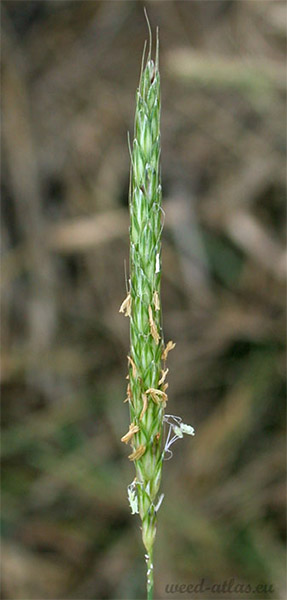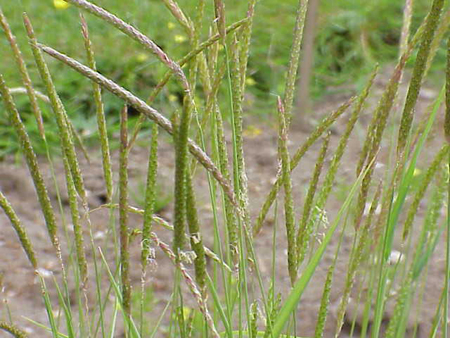Slender foxtail - Alopecurus myosuroides
Weed Seed - Slender foxtail (Alopecurus myosuroides)
Slender foxtail is one of the most damaging invasive plants affecting winter cereals, winter wheat, grass seed, rapeseed, forage legumes and barley. It spreads quickly in cultivated crops, competing for light, nutrients, space and water. This results in significant yield loss.
Its eradication from cultivated fields is difficult, since many populations are resistant to commonly used grass herbicides.
Where it's found
Slender foxtail has been reported in British Columbia and Manitoba, but has never become established. Slender foxtail is native to northern Africa, Asia and Europe and has spread to Australia, China, New Zealand, North America, and South America. It has become a major issue in parts of the north-western United States.
Slender foxtail is commonly found in cultivated fields, moist meadows, forests and disturbed ground.
What it looks like
Slender foxtail is an upright annual grass growing 20-80 cm tall. Stems are slender, and leaves are hairless, elongated and flat. Seed heads are reddish-purple spikes, 2-12 cm long, dense, cylindrical and tapered at both ends.
How it spreads
Slender foxtail is able to spread quickly due to its abundant seed production. It is naturally dispersed by wind over short distances. Slender foxtail is often introduced to new areas in contaminated seed lots or on farm machinery.
Legislation
Slender foxtail is regulated as a pest in Canada under the Plant Protection Act. It is also listed as a prohibited noxious weed on the Weed Seeds Order, 2016 under the Seeds Act. Importation and domestic movement of regulated plants and their propagative parts is prohibited.
What you can do about it
- Use clean, high-quality seed that is certified if possible.
- Ensure machinery, vehicles and tools are free of soil and plant parts before moving them from one area to another.
- Avoid moving seeds and plant material on your clothes, footwear, camping gear and vehicles.
- Contact your local Canadian Food Inspection Agency (CFIA) office if you suspect you have found this invasive plant. The CFIA will follow up and determine if further action is needed.
Learn more about invasive species.

(weed-atlas.eu)

Kurt Stueber (www.biolib.de)
- Date modified: